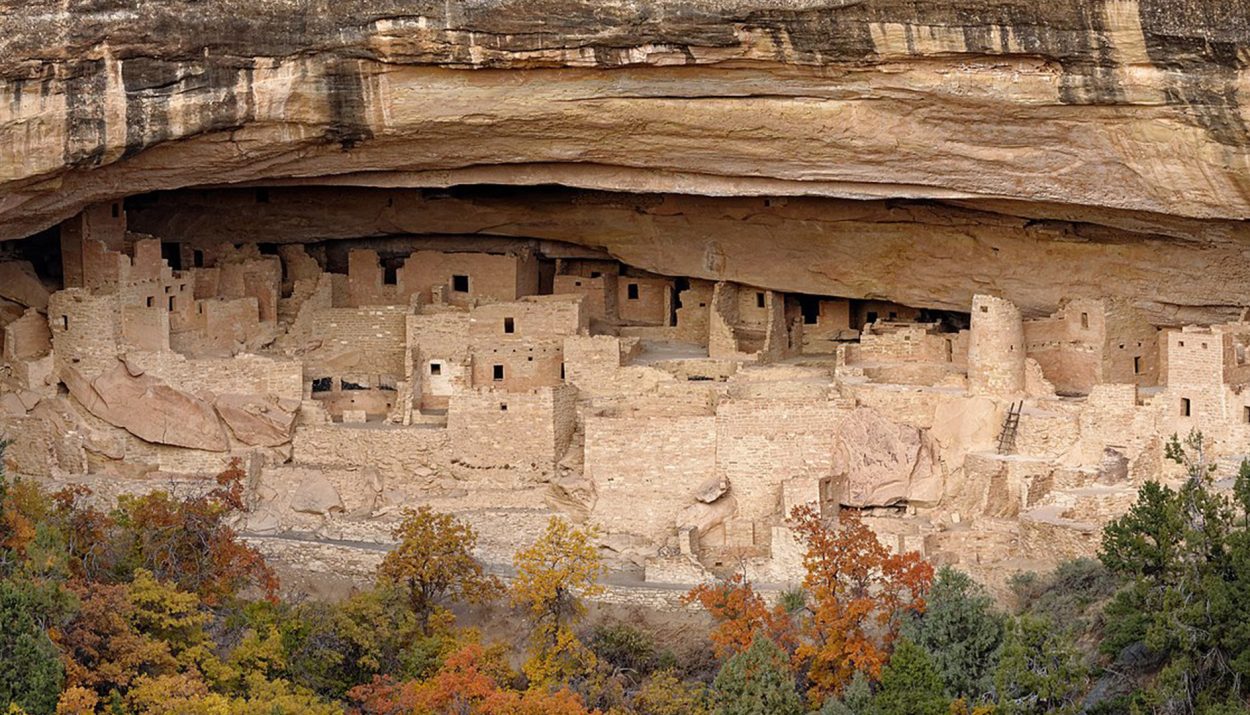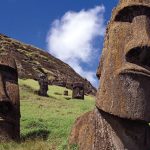High on the red sandstone cliffs and canyons of the American Southwest, there are ancient ruins, fragments of pottery, and petroglyphs. This is all that remains of the Anasazi, a Native American tribe that flourished from the year 500 to about 1300 AD.
Around this time, the Anasazi simply left. They abandoned their loft cliffside dwellings, left behind pottery and clothing, and disappeared from history. Where did they go? Why did they leave? Was the reason why they made their homes in such inaccessible places connected to the mystery of their disappearance? Let’s find out.
Who Were the Anasazi?
The term “Anasazi” is actually a Navajo word. It means “ancient ones.” It was used by the Navajo people to describe the culture they knew had inhabited their lands before them. Those traditional lands were in the region now known as the Four Corners – the place where the corners of Arizona, Utah, New Mexico, and Colorado meet.

Although the Anasazi name has long been applied to this mysterious group of people for centuries, today’s Native Americans prefer the term “Ancestral Puebloans.” It denotes both the age of the culture and the types of homes they built.
Ancient Petroglyphs
The Anasazi created rock drawings and petroglyphs on the canyons and cliffs of the Four Corners region. Many of the drawings show animals and birds that are native to the region. There are also human-like figures and geometric shapes.
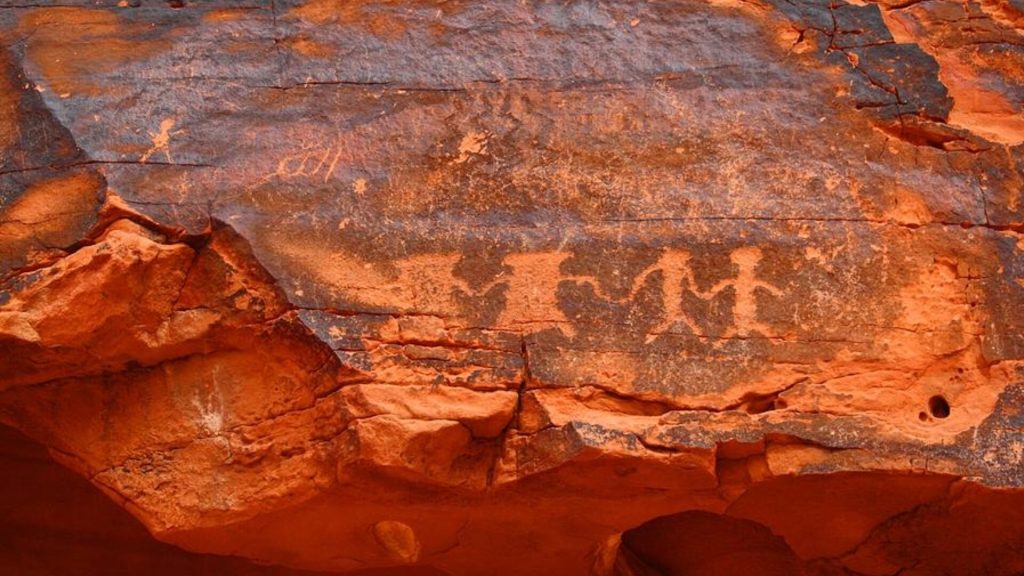
Researchers believe that these petroglyphs served multiple purposes. They were a form of art, but they also recorded important information and events, enhanced storytelling, and tracked time. The images served as a writing system.
Adobe Bricks for Longevity
The Anasazi pueblos were built using adobe bricks. An ideal building material, adobe bricks were created using the materials at hand. By mixing straw and mud, forming the bricks into squares, and baking them in the hot desert sun, the Anasazi made hard, sturdy, durable bricks that stood the test of time.

The adobe bricks were used in conjunction with natural stones and logs. The Anasazi also made a mortar using the earthen clay that held the bricks, wood, and stone in place. By designing their dwellings with flat roofs and reinforcing them with heavy logs, the Anasazi were able to build multilevel homes – akin to apartment buildings – that were as tall as seven stories.
Master Builders
The earliest Anasazi settlements were circular pithouses that were dug into the ground and topped with earthen bricks. But subsequent generations of this culture moved from the canyon floor to the cliff faces.
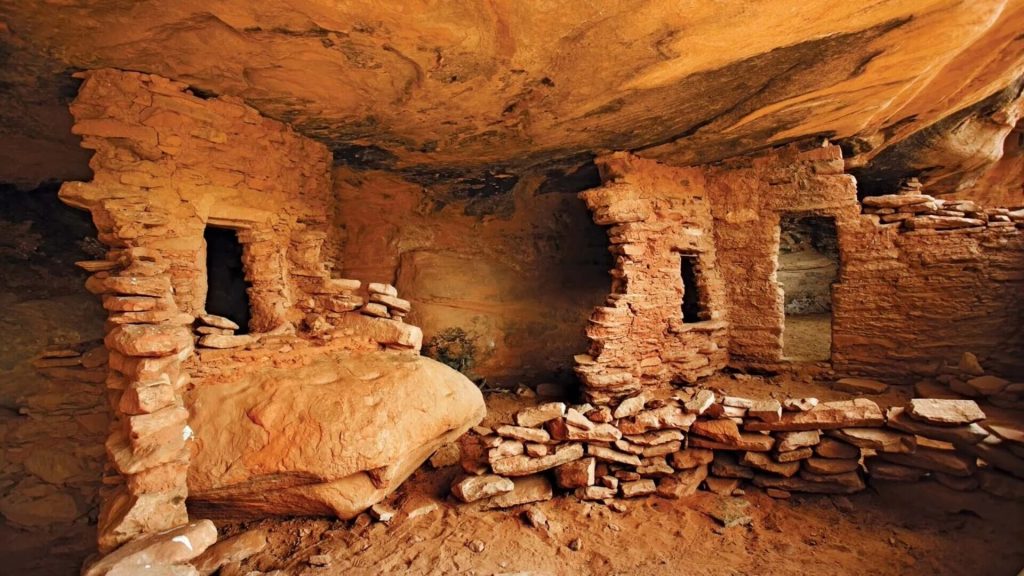
Using their skills at making clay bricks, the Anasazi built large, impressive, multilevel homes on the sides of the canyon walls. Some of these dwellings, called pueblos, were built at dizzying heights. Why they decided to the sides of cliffs and the tops of mesas is still a mystery.
Communal Living Hundreds of Feet off the Ground
The Anasazi pueblos were typically carved into natural overhangs on the canyon walls. The cliffs then became part of the structure. The Anasazi builders only had to build their walls on one or two sides. They reinforced the walls and windows with logs.
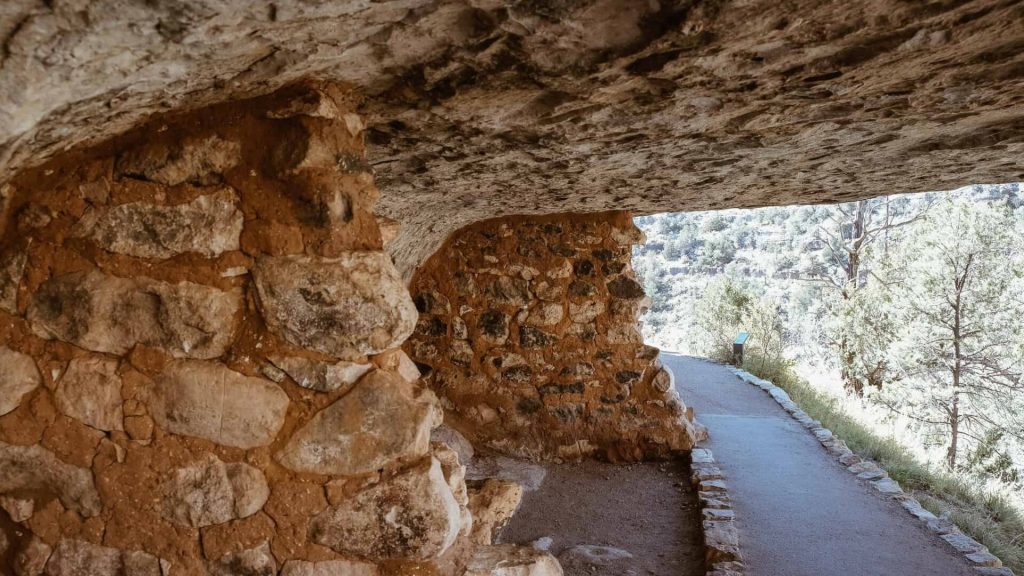
All the building materials, as well as the food, water, and other supplies the Anasazi needed were carried up the sheer cliff faces via a network of wooden ladders. These ladders were also used to climb between the stories of the dwellings.
Why Go to All This Trouble?
As you can imagine, it was dangerous and daunting to climb hundreds of feet above the canyon floor. The Anasazi had to be in excellent physical condition to reach their homes and to return to the valley below where their water sources and farm fields were located.
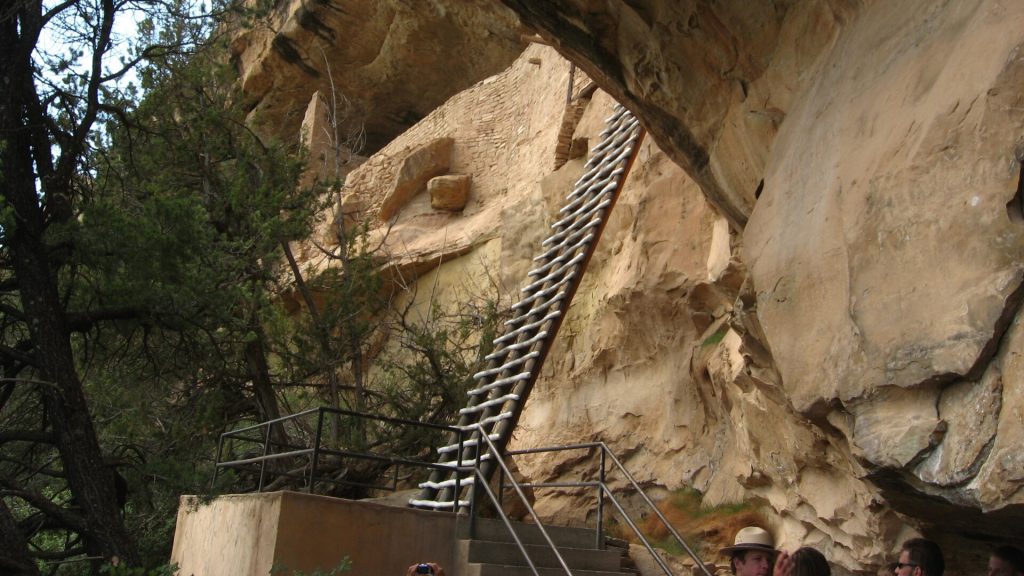
Several generations of the Anasazi lived high off the ground on the cliffs. That begs the question … why? Why did the Anasazi choose to live like this? Researchers have two theories.
Safe From Flooding
One theory to explain why the Anasazi people moved to cliffside dwellings is to keep safe from flooding. Rain doesn’t happen frequently in the desert areas of the American Southwest, but when it does rain, it can cause flash flooding.
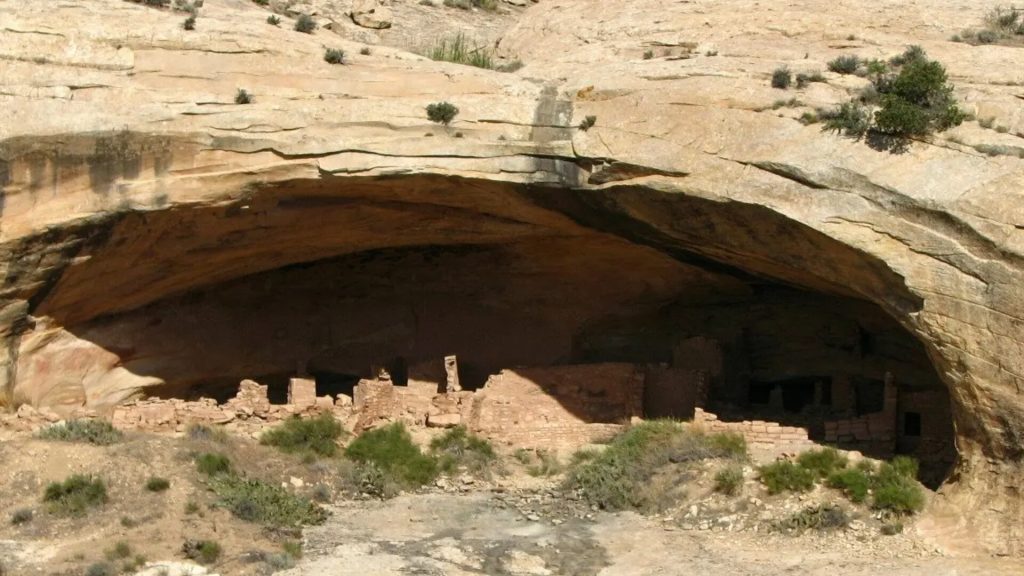
Floodwater is even more deadly in slot canyons. Rainwater from miles away can accumulate and unexpectedly surge through a narrow slot canyon, sweeping away everything in its past. It could be that the ancient Anasazi moved their dwellings to higher ground to escape flood waters.
Protection from Their Enemies
Most historians and researchers, however, believe that the Anasazi built their homes in high and inaccessible places to protect themselves from enemy invaders. The Anasazi pueblos were made from adobe bricks that blended well into the surrounding stone. It was great camouflage that could hide their people from enemy raiders.
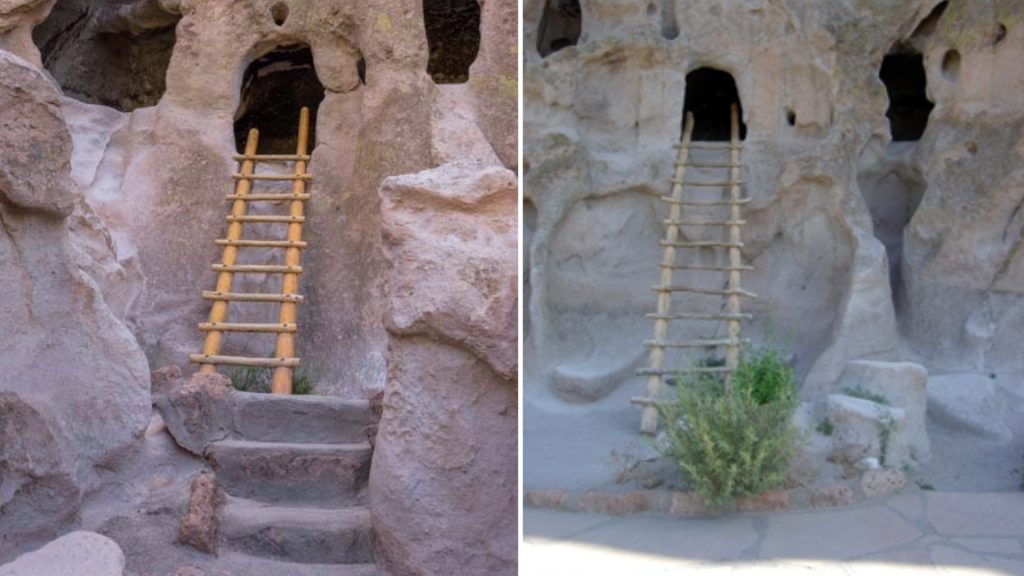
The elevated dwellings also have the Anasazi idea vantage points from which to observe approaching enemy tribes. They would have advance warning that warriors were on their way. This would give the Anasazi time to pull their ladders up to prevent the enemy from reaching them. And the Anasazi could launch their own defensive attack by throwing rocks or spears down on their attackers.
What Happened to the Anasazi?
The impressive cliffside dwellings that the Anasazi so painstakingly built were all abandoned by around the year 1300. This once-thriving culture simply disappeared. What happened to force the Anasazi to flee from their ancestral homes?
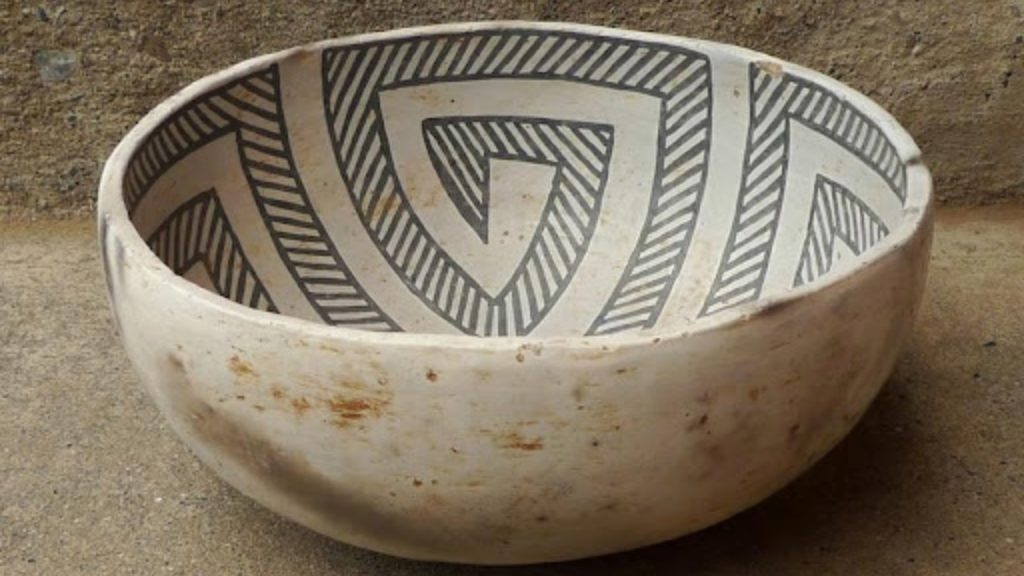
There is no evidence that the Anasazi were wiped out by a warring enemy tribe. Instead, it appears as if the Anasazi people simply walked away from this area. They left behind pottery, tools, grain, and clothing.
Climate Change and Food Insecurities Were a Factor
Researchers now believe that the Anasazi were forced from their homes due to environmental factors. As their population grew larger and the Four Corners region grew drier, it became increasingly difficult to farm enough food.
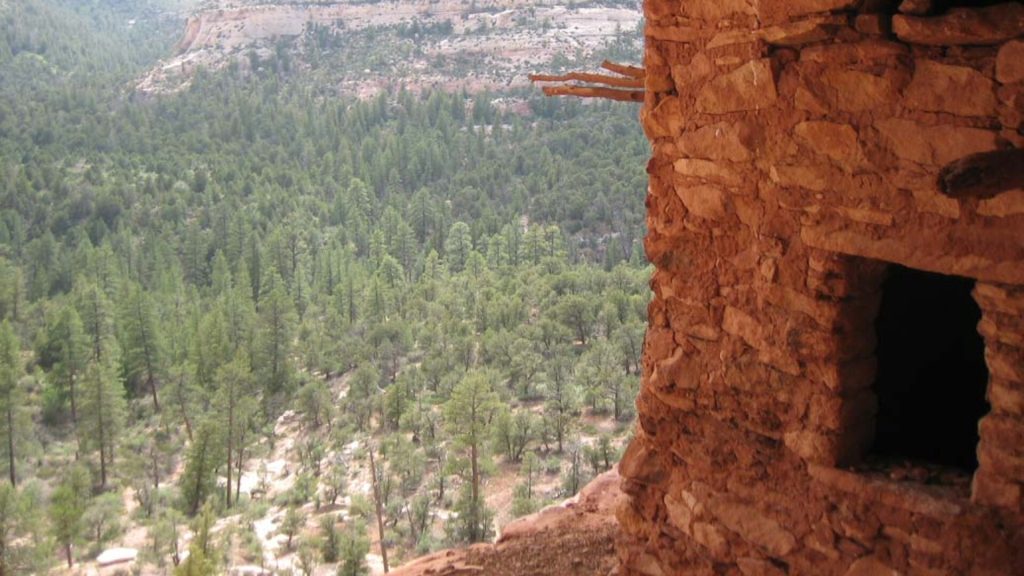
By analyzing tree rings, scientists have been able to prove that the area experienced an extended drought that lasted from the year 1276 to the year 1299. The Anasazi were used to the drought cycles of the desert, but this one stretched on for 23 years. The Anasazi had no choice but to seek better farmlands.
Where Did the Anasazi Go?
After the Anasazi people abandoned their cliffside dwellings in 1300, the area stayed largely uninhabited for more than a century. When climate conditions improved, the Navajo and the Ute people moved into the area. The Spanish soon followed.
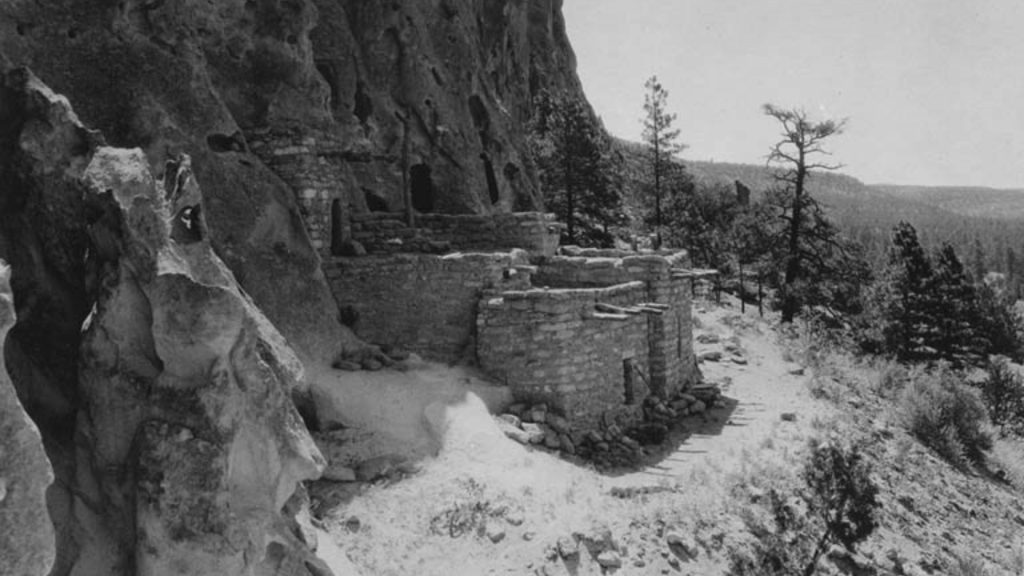
As for the Anasazi, it is unlikely that they completely disappeared. Chances are they integrated with other Native American tribes. In fact, other Pueblo Indian cultures, including the Hopi and Zuni, probably descended from the Anasazi. There is still much to learn about the ancient Anasazi people by studying the awe-inspiring and death-defying homes they left behind.

